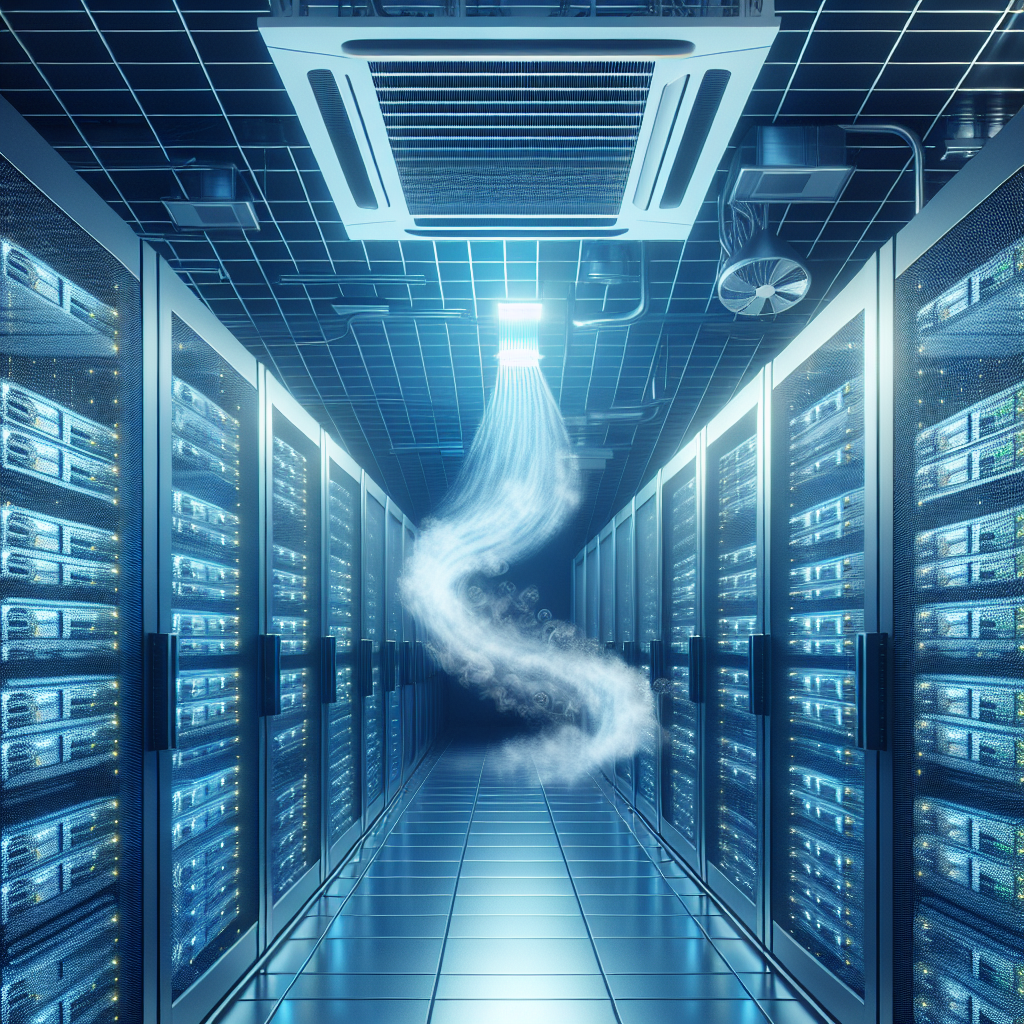Understanding the Role of HVAC in Data Center Cooling
In today’s digital age, data centers play a crucial role in storing and processing vast amounts of information for businesses and organizations. With the increasing demand for data storage and processing capabilities, data centers are constantly expanding and upgrading their infrastructure to keep up with the growing needs of their clients. One of the key components of a data center’s infrastructure is its HVAC (heating, ventilation, and air conditioning) system, which is responsible for maintaining the optimal temperature and humidity levels to ensure the smooth operation of the servers and other equipment.
The role of HVAC in data center cooling is crucial as the servers and other equipment generate a significant amount of heat during operation. If not properly cooled, this heat can lead to overheating, which can cause equipment failures and downtime. To prevent this from happening, data centers rely on sophisticated HVAC systems to regulate the temperature and humidity levels within the facility.
There are several key components of an HVAC system in a data center, including:
1. Precision air conditioning units: These units are specifically designed to cool the air in the data center to the precise temperature required to keep the equipment operating at optimal levels. They are equipped with sensors and controls that monitor and adjust the temperature and humidity levels in real-time.
2. Air handlers: Air handlers are responsible for circulating the cooled air throughout the data center to ensure that all areas are properly cooled. They also help to remove heat generated by the equipment and maintain a consistent temperature throughout the facility.
3. Hot aisle/cold aisle containment: Data centers are typically designed with hot aisles and cold aisles to optimize airflow and cooling efficiency. Hot aisle containment systems isolate the hot air generated by the equipment, while cold aisle containment systems direct cooled air to the servers. This helps to prevent hot and cold air from mixing, which can reduce the efficiency of the cooling system.
4. Monitoring and control systems: Data centers rely on sophisticated monitoring and control systems to keep track of temperature and humidity levels, as well as any fluctuations in airflow or equipment performance. These systems can alert operators to any issues that may arise and allow them to make adjustments to the HVAC system as needed.
Overall, the role of HVAC in data center cooling is essential for the smooth and efficient operation of the facility. By maintaining the optimal temperature and humidity levels, HVAC systems help to prevent equipment failures and downtime, ensuring that data centers can continue to meet the growing demands of their clients. As data centers continue to expand and upgrade their infrastructure, the importance of HVAC in data center cooling will only continue to grow.


